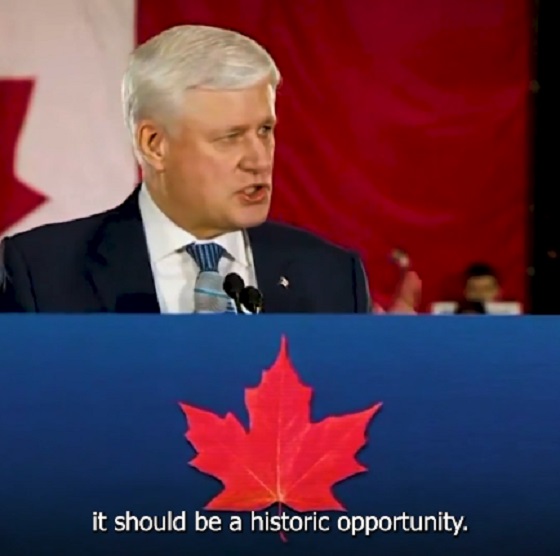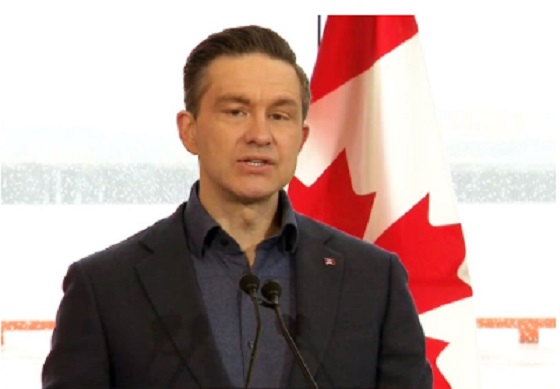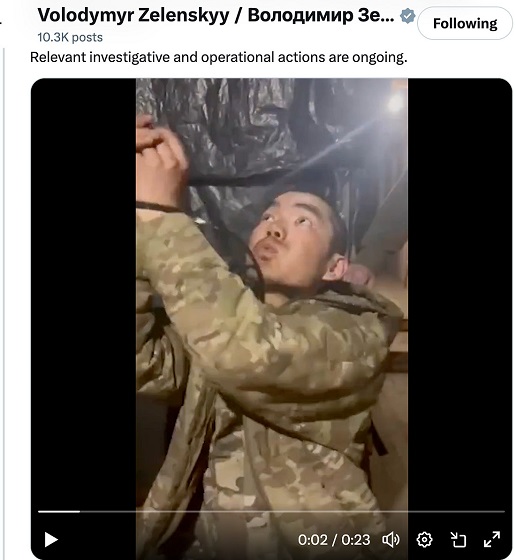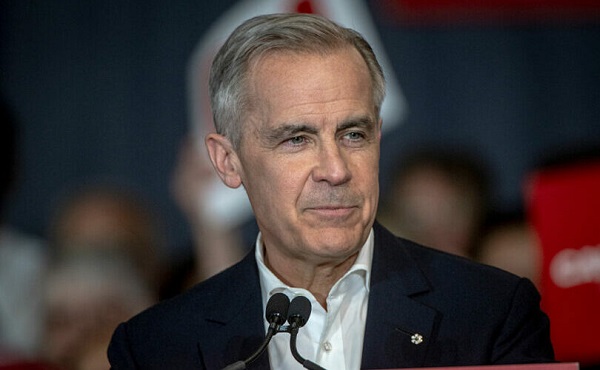Alberta
Our sports history has value

Simple confirmation that the Alberta Sports Hall of Fame has been operating without its standard financial aid from the provincial government prompted some interesting response during the last few days.
In a casual conversation, executive director Tracey Kinsella mentioned last week that COVID-19 made it necessary to cancel at least two annual fund-raisers – the Hall of Fame induction ceremony and its annual invitational golf tournament in Red Deer – and she was concerned about meeting routine expenses.
Consistently, the government’s contribution of $302,000 a year has been in the hands of Hall of Fame officials before the middle of the year. She expressed only mild frustration,, understanding that the coronavirus pandemic and other major financial issues have created major problems far from the world of sports. She did state that government staff members, working below the level of elected or appointed officials, have told her of their efforts to have the money forwarded as quickly as possible.
Perhaps this delay must be seen as part of a long and ongoing drop in Alberta’s financial support to amateur sports at all levels. In the 10-year period ending in 2019, the reduction reached $5.1 million – an average of $500,000 per year. We should hope not.
Some comparative figures seem to be well worth serious study:
* The economic impact of the 2019 Canada Winter Games in Red Deer was $110 million; impact of the 2018 Alberta Winter Games was $3.4 million for the Fort McMurray-Wood Buffalo area and $5.6 million for this host province;
* In 2018-19, Alberta Sport Connection, a sport delivery system disbanded months ago by the UPC, provided $7.2 million to be shared among 80 provincial sport organizations that delivered programming to more than 788,000 Albertans;
* Leduc hosted the 2016 Alberta Summer Games with an economic impact of $3.6 million for the area and $4.9 million for the province.
Still, government aid has dropped. Some citizens suggest minor and amateur sports should not receive government support during troubled times. Today it might be wise to ask Fort McMurray if that community will value the 2022 Arctic Winter Games? The record shows that numerous small- and mid-sized business stepped up during the 2018 Games, a difficult time for fire victims and petroleum companies that have served as a backstop to countless community and area projects.
After the severe floods earlier this year, it’s safe to guess that any international program that will improve community morale while adding some vital dollars to the public purse will be welcome. Incidentally, they’re headed to Wood Buffalo because COVID-19 forced cancellation of the scheduled 2020 event in Whitehorse. Fortunately, some of the dollars set aside and unused in the Northwest Territories have already arrived in Fort McMurray.
These days, surrounded by a crippled economy, I wonder if Alberta now wishes the 2026 Commonwealth Games were headed for Edmonton and 2026 Winter Olympics were coming to Calgary. Both possibilities were seriously discussed before being nixed.
During my five-year term as chair of Alberta Sport Connection, the organization received steady criticism for finishing third of fourth – usually in the rear of Quebec and Ontario – in provincial medal counts. I tried regularly to help almost any government official to focus on the cost of doing business.
It made no impact to point out that Alberta’s per-capita investment in sport programs is (or was) the second-lowest in Canada. Sorry, I can’t remember which province spent less, but I am sure that Saskatchewan receives $24.39 per capita and Newfoundland gets $8.36 per capita.
Alberta receives $3.85 per capita although 82 per cent of Albertans say in polls that they believe sport contributes to quality of life. And those I have spoken to say clearly that the Alberta Sports Hall of Fame has value.
Alberta
Alberta takes big step towards shorter wait times and higher quality health care

From the Fraser Institute
On Monday, the Smith government announced that beginning next year it will change the way it funds surgeries in Alberta. This is a big step towards unlocking the ability of Alberta’s health-care system to provide more, better and faster services for the same or possibly fewer dollars.
To understand the significance of this change, you must understand the consequences of the current (and outdated) approach.
Currently, the Alberta government pays a lump sum of money to hospitals each year. Consequently, hospitals perceive patients as a drain on their budgets. From the hospital’s perspective, there’s little financial incentive to serve more patients, operate more efficiently and provide superior quality services.
Consider what would happen if your local grocery store received a giant bag of money each year to feed people. The number of items would quickly decline to whatever was most convenient for the store to provide. (Have a favourite cereal? Too bad.) Store hours would become less convenient for customers, alongside a general decline in overall service. This type of grocery store, like an Alberta hospital, is actually financially better off (that is, it saves money) if you go elsewhere.
The Smith government plans to flip this entire system on its head, to the benefit of patients and taxpayers. Instead of handing out bags of money each year to providers, the new system—known as “activity-based funding”—will pay health-care providers for each patient they treat, based on the patient’s particular condition and important factors that may add complexity or cost to their care.
This turns patients from a drain on budgets into a source of additional revenue. The result, as has been demonstrated in other universal health-care systems worldwide, is more services delivered using existing health-care infrastructure, lower wait times, improved quality of care, improved access to medical technologies, and less waste.
In other words, Albertans will receive far better value from their health-care system, which is currently among the most expensive in the world. And relief can’t come soon enough—for example, last year in Alberta the median wait time for orthopedic surgeries including hip and knee replacements was 66.8 weeks.
The naysayers argue this approach will undermine the province’s universal system and hurt patients. But by allowing a spectrum of providers to compete for the delivery of quality care, Alberta will follow the lead of other more successful universal health-care systems in countries such as Australia, Germany, the Netherlands and Switzerland and create greater accountability for hospitals and other health-care providers. Taxpayers will get a much better picture of what they’re paying for and how much they pay.
Again, Alberta is not exploring an untested policy. Almost every other developed country with universal health care uses some form of “activity-based funding” for hospital and surgical care. And remember, we already spend more on health care than our counterparts in nearly all of these countries yet endure longer wait times and poorer access to services generally, in part because of how we pay for surgical care.
While the devil is always in the details, and while it’s still possible for the Alberta government to get this wrong, Monday’s announcement is a big step in the right direction. A funding model that puts patients first will get Albertans more of the high-quality health care they already pay for in a timelier fashion. And provide to other provinces an example of bold health-care reform.
Alberta
Alberta’s embrace of activity-based funding is great news for patients

 From the Montreal Economic Institute
From the Montreal Economic Institute
Alberta’s move to fund acute care services through activity-based funding follows best practices internationally, points out an MEI researcher following an announcement made by Premier Danielle Smith earlier today.
“For too long, the way hospitals were funded in Alberta incentivized treating fewer patients, contributing to our long wait times,” explains Krystle Wittevrongel, director of research at the MEI. “International experience has shown that, with the proper funding models in place, health systems become more efficient to the benefit of patients.”
Currently, Alberta’s hospitals are financed under a system called “global budgeting.” This involves allocating a pre-set amount of funding to pay for a specific number of services based on previous years’ budgets.
Under the government’s newly proposed funding system, hospitals receive a fixed payment for each treatment delivered.
An Economic Note published by the MEI last year showed that Quebec’s gradual adoption of activity-based funding led to higher productivity and lower costs in the province’s health system.
Notably, the province observed that the per-procedure cost of MRIs fell by four per cent as the number of procedures performed increased by 22 per cent.
In the radiology and oncology sector, it observed productivity increases of 26 per cent while procedure costs decreased by seven per cent.
“Being able to perform more surgeries, at lower costs, and within shorter timelines is exactly what Alberta’s patients need, and Premier Smith understands that,” continued Mrs. Wittevrongel. “Today’s announcement is a good first step, and we look forward to seeing a successful roll-out once appropriate funding levels per procedure are set.”
The governments expects to roll-out this new funding model for select procedures starting in 2026.
* * *
The MEI is an independent public policy think tank with offices in Montreal, Ottawa, and Calgary. Through its publications, media appearances, and advisory services to policymakers, the MEI stimulates public policy debate and reforms based on sound economics and entrepreneurship.
-

 2025 Federal Election1 day ago
2025 Federal Election1 day agoHarper Endorses Poilievre at Historic Edmonton Rally: “This Crisis Was Made in Canada”
-

 Bruce Dowbiggin2 days ago
Bruce Dowbiggin2 days agoBettman Gives Rogers Keys To The Empire. Nothing Will Change
-

 2025 Federal Election2 days ago
2025 Federal Election2 days agoPoilievre Will Bring in ‘One and Done’ Resource Approvals, and Ten Specific Projects Including LNG Canada Phase II
-

 conflict1 day ago
conflict1 day agoZelensky Alleges Chinese Nationals Fighting for Russia, Calls for Global Response
-

 John Stossel16 hours ago
John Stossel16 hours agoGovernment Gambling Hypocrisy: Bad Odds and No Competition
-

 2025 Federal Election1 day ago
2025 Federal Election1 day agoWATCH: Massive Crowd for Historic Edmonton Poilievre Rally
-

 2025 Federal Election8 hours ago
2025 Federal Election8 hours agoCommunist China helped boost Mark Carney’s image on social media, election watchdog reports
-

 2025 Federal Election1 day ago
2025 Federal Election1 day agoMark Carney’s radical left-wing, globalist record proves he is Justin Trudeau 2.0










